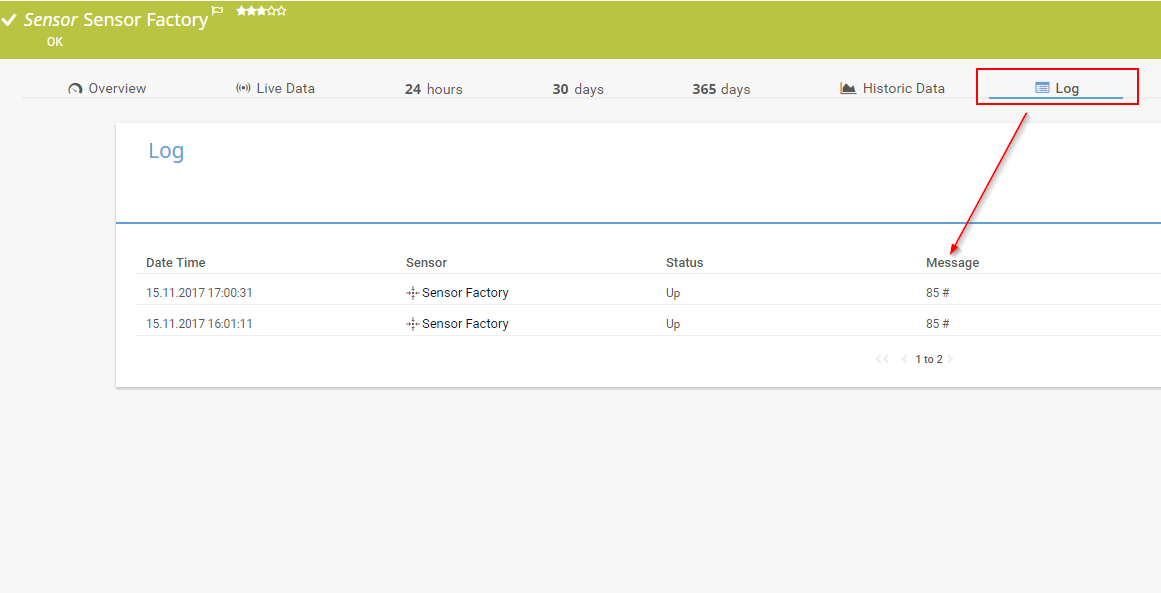Hi everyone,
I am trying to track down one IP Cisco phone that went down.
The problem is that LAST MESSAGE shows now 223 or No such instance (SNMPerror #223), which is useless as I cannot track down the history from this sensor, and therefore find out which device went down...
Is there anyway I can find out which device this particular sensor is attached to? Ie.: cc phone: 137/ccm phone name is attached to SEP42C44XXXXXX as per its last message. But then when the sensor goes down, it goes to 223... which becomes useless...
BTW, I found out using Cisco's tools... but I want to track this down with PRTG...
thanks! Ed
 Isn't that the case on your end?
Isn't that the case on your end?
Add comment